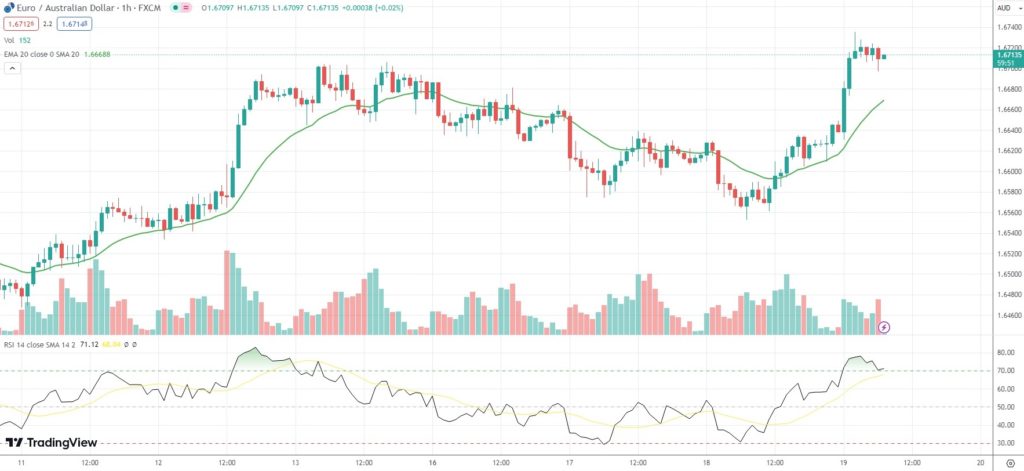The Australian Dollar retreated to a fresh one-month low against the Euro on Thursday, after Australia’s employment reportedly increased at a much slower pace than expected in September.
Employment levels rose by 6,700 to 14.11 million last month, data showed, while falling well short of market expectations of a 20,000 gain.
Part-time employment rose by 46,500 to 4.305 million, while full-time employment decreased by 39,800 to 9.806 million.
Meanwhile, the seasonally adjusted unemployment rate was reported at a three-month low of 3.6% in September, easing from 3.7% in August.
The number of unemployed persons decreased by 19,800 to 520,500, mostly because people looking for full-time jobs were 19,700 fewer to 338,300.
“There is likely little in today’s data that moves the needle either way – there are nascent signs the labour market is slackening, but this is a slow process and the market remains very tight,” Sean Langcake, head of macroeconomic forecasting for Oxford Economics Australia, was quoted as saying by Reuters.
“The RBA’s hawkish communications have increased the chances for a rate hike in November, and inflation data next week will be the key piece of evidence.”
Analysts warn of a risk Australia’s core inflation rate will exceed the Reserve Bank of Australia’s forecast of 0.9%. Official third-quarter CPI figures are to be released on October 25th.
In other macro data, the Euro Area annual CPI inflation rate was confirmed at 4.3% in September, or the lowest level since October 2021, while slowing from 5.2% in August.
Prices rose at a softer rate for services (4.7% YoY versus 5.5% in August), non-energy industrial goods (4.1% YoY versus 4.7% in August), and food, alcohol & tobacco (8.8% YoY versus 9.7%).
As of 6:59 GMT on Thursday EUR/AUD was gaining 0.49% to trade at 1.6709. Earlier in the session, the minor Forex pair went up as high as 1.6735. The latter has been the pair’s strongest level since September 13th (1.6795).






